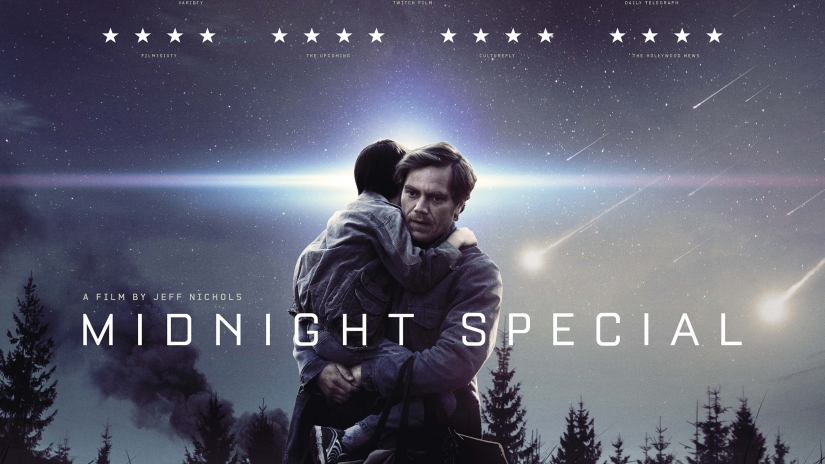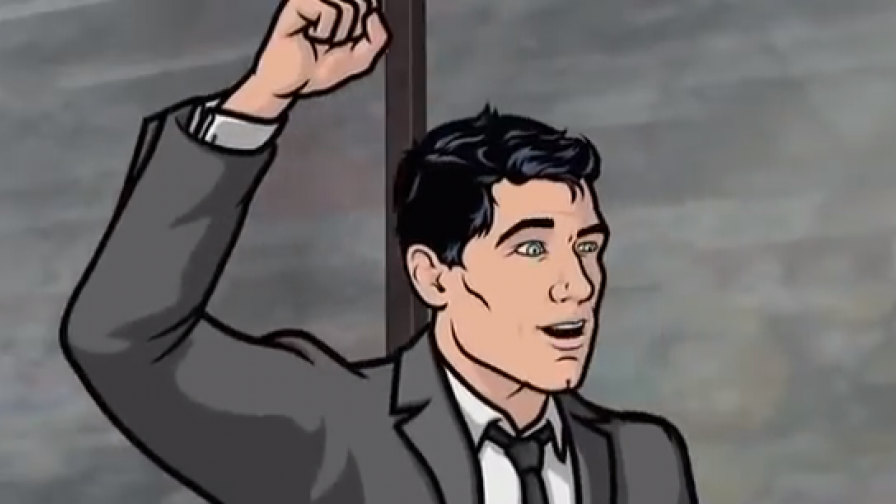I touched a Dardenne.
“The Kid With a Bike” (2011) had just screened at the Elgin Theater during the Toronto Film Festival, and I was winding my way along the side of the building trying to get back out to Yonge St. and off to my next film. A small crowd was blocking the sidewalk and I was forced to stop abruptly and began to turn around. As I did, a man walked into me though he stopped himself just short of a catastrophic accident, and thank goodness for him. I am a “husky” American who had been gorging all week on Toronto food truck fare (Polish sausage with green olives? You bet!) and he would have suffered the worst of it.
“Pardon, pardon,” he said. I replied by patting him on the shoulder, “No problem.” His companion tugged on his jacket and they both switched directions, retreating from the crowd. By the time I noticed his companion looked a bit like him and that they both looked awfully familiar, I realized I had just been run into by a Dardenne. Jean-Pierre, I think, but I can’t rule out Luc.
That was the highlight of the festival for me, and also provides me with a convenient lead in to a discussion of “The Kid With A Bike.” In an early pivotal scene, young Cyril ( Thomas Doret) is trying to escape from a group of male authority figures; far more than even the typical eleven year-old, this boy does not like to be told what to do. Grim-faced, hyper-motivated Cyril races full-bore wherever he goes and he holds nothing back as he dashes across the room and slams right into poor, unsuspecting Samantha (Cécile de France) with far more force than my Dardenne encounter. Cyril tackles the grown woman right to the floor and clutches her desperately as the nasty men try to pry him away. Samantha’s calm, gentle response is one of the oddest things you’ve ever seen in a movie: “You can hold on, just not so tight.”
Cyril has just literally run into his savior, but he doesn’t realize it yet. Like a good monomaniacal Dardenne protagonist, Cyril can think of only one thing: his absentee father Guy (Jérémie Renier). Though the boy is, in many ways, cynical beyond his years, he cannot even entertain the thought (and the reality obvious to everyone else) that his father has abandoned him, dumped him in a home, and, just to show off the depths of his irresponsibility, has even sold his son’s cherished bike. With Samantha’s help, Cyril gets back his bike, but his father will prove far more elusive. Cyrils is not ready to believe it or mature enough to comprehend it, but Guy is simply not interested in being a parent.
Fortunately for Cyril, Samantha is interested. And this can be viewed as nothing but a straight-up miracle. She is a single hairdresser with a nice boyfriend and a seemingly comfortable lifestyle, so what on earth would motivate this complete stranger to make the instantaneous decision to devote her life to the welfare of a wild child who bites and stabs and doesn’t listen and arrives with a gigantic sticker on his forehead reading TROUBLE? The Dardennes don’t explain why, and their film is all the richer for it.
Cécile de France radiates pure goodness, but in a pragmatic, non-idealized fashion. She is frustrated by Cyril, she is even afraid of him at times, but she endures. Everything. Everything that he needs a good and decent and loving adult to endure for the possibility of his salvation, though the Dardennes make the audience no promises regarding the kid with a bike’s ultimate fate. Even after hitting the foster mommy lottery, he falls in with a bad crowd and then takes another bad fall or two along a path strewn with bad decisions, and we can’t help but think back on the cruel fates that almost befell past Dardenne youths like Rosetta.
As usual, the Belgian auteurs explore their now-familiar backyard, letting Cyril hurtle (whether on foot or on his bike) through the streets of their hometown of Seraing with their trademark mobile camera zipping alongside this turbulent bundle of kinetic energy. Seraing must be one of the most explored cinematic spaces in contemporary film thanks to the brothers, though they always manage to make it look different, this time hovering more along the suburban edges than the more densely-populated downtown.
Some viewers will focus on the natural tragedy of a story about a boy forced to confront the reality that his father is a worthless bastard, but it is Samantha’s grace that lingers. In a popular culture that lovingly embraces muddled realpolitik and blurs the line between hero and villain, the Dardennes are bold enough to present us with a character who is entirely good for no other reason than that’s just the way she is. Are you willing to believe in that? That’s the question Cyril has to answer. And it’s only his very life that hangs in the balance.
Video:
The film is presented in its original 1.85:1 aspect ratio. From the Criterion booklet: “Supervised by director of photography Alain Marcoen, the new digital transfer was created in 2K resolution on a Northlight scanner from a 35mm interpositive.” The 1080p image is as clean and sharp as you could ask for though and the colors pop right off the screen. You wouldn’t expect a two year old source print to have any damage, and this one is flawless.
Audio:
The DTS-HD Master Audio 5.1 surround track is pretty dynamic and consistently provides a rich sense of space and depth. Much has been written about the Dardennes’ introduction of non-diegetic music, and the strategically placed excerpts of Beethoven sound impressive. Optional English subtitles support the French audio.
Extras:
The disc includes a very lengthy (73 min.) interview with the Dardennes, conducted by critic Kent Jones who alternates between French and English with the brothers speaking solely in French. This wide-ranging interview goes into great detail, and cinephiles always get a kick out of seeing Jean-Pierre and Luc completing each other’s thoughts. It’s like they grew up together. Though they have spoken about it before, it’s still interesting to hear them talk about thei runique approach to rehearsal.
“Return to Seraing” (33 min.) is a recent documentary in which the Dardenne brothers revisit five of the key locations (in Seraing, of course) from the film, and explore the spaces they blocked out on camera. This wasn’t nearly as interesting as I hoped it would be, and runs long even at just over a half hour.
We also get new interviews with Cécile de France (19 min.) and Thomas Doret (6 min.)
The slim 16-page insert booklet features an essay by critic Geoff Andrew.
Film Value:
“The Kid With a Bike” split the Grand Prix at Cannes with the great “Once Upon A Time in Anatolia,” both serving as worthy runners up to the Palme d’Or winning “The Tree of Life.” The Dardenne brothers have been among the defining auteurs of the 21st century, and their latest film continues a remarkable run.


